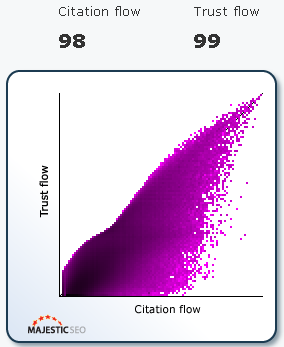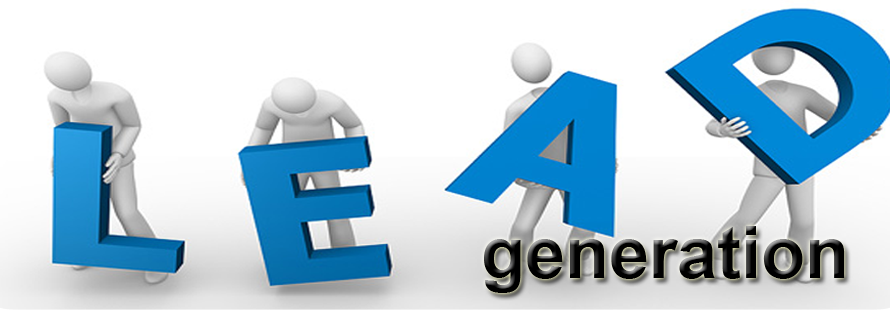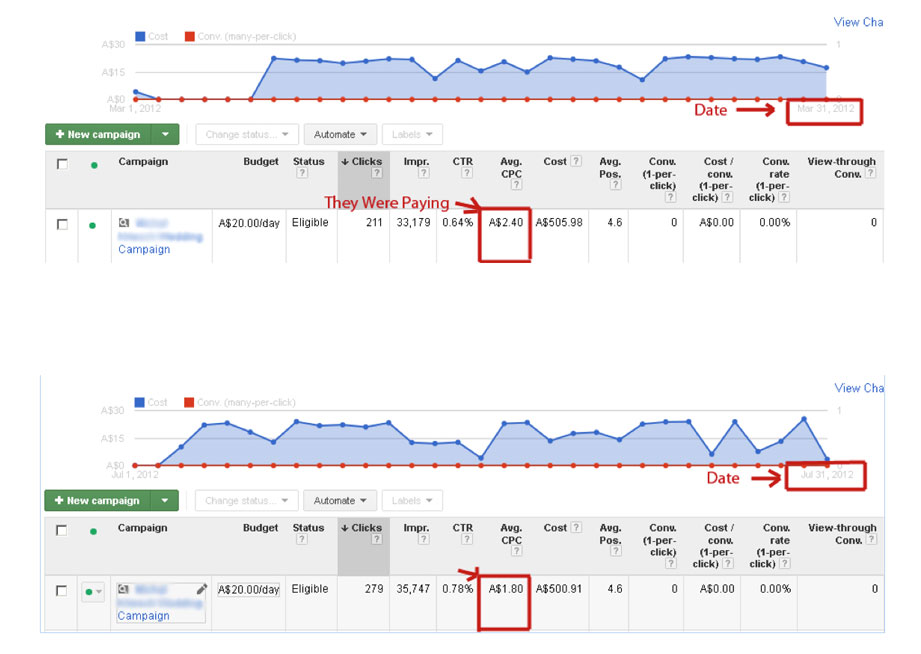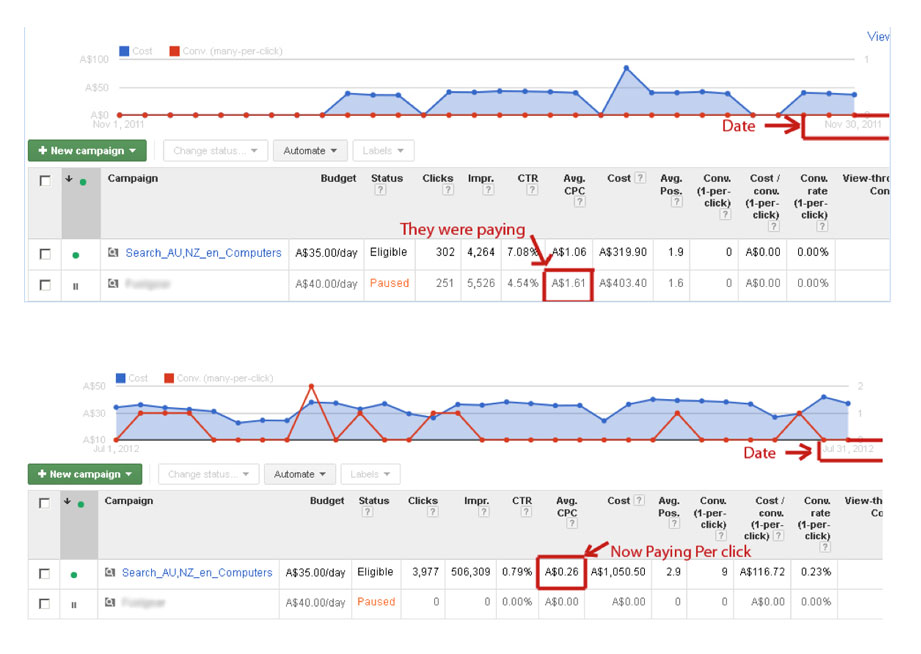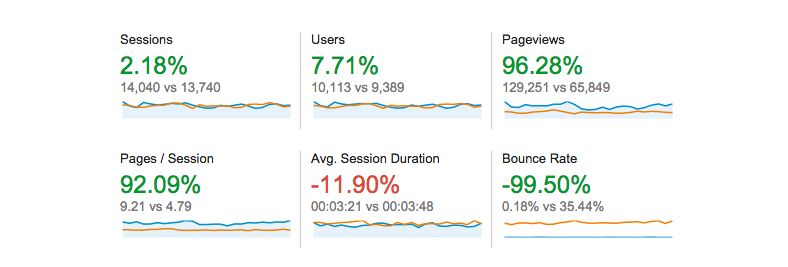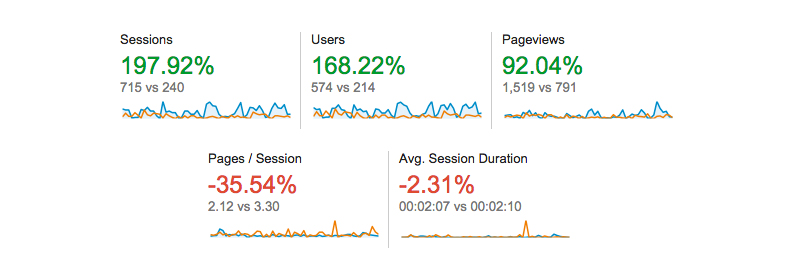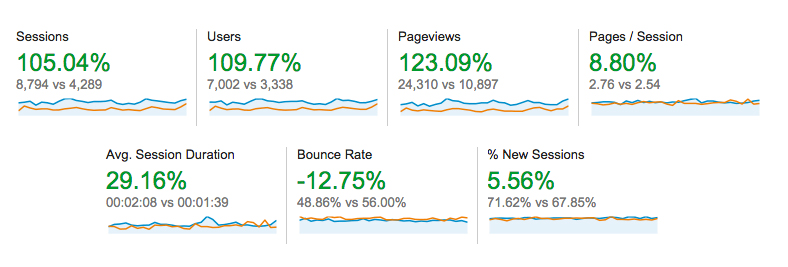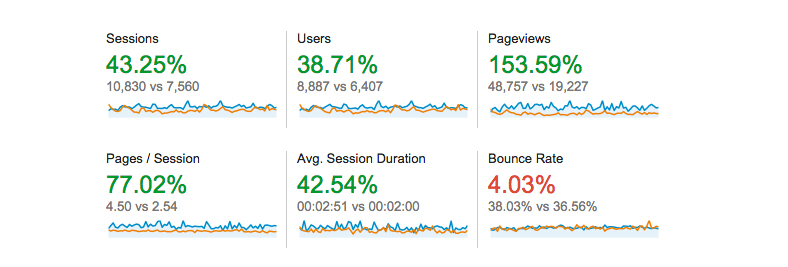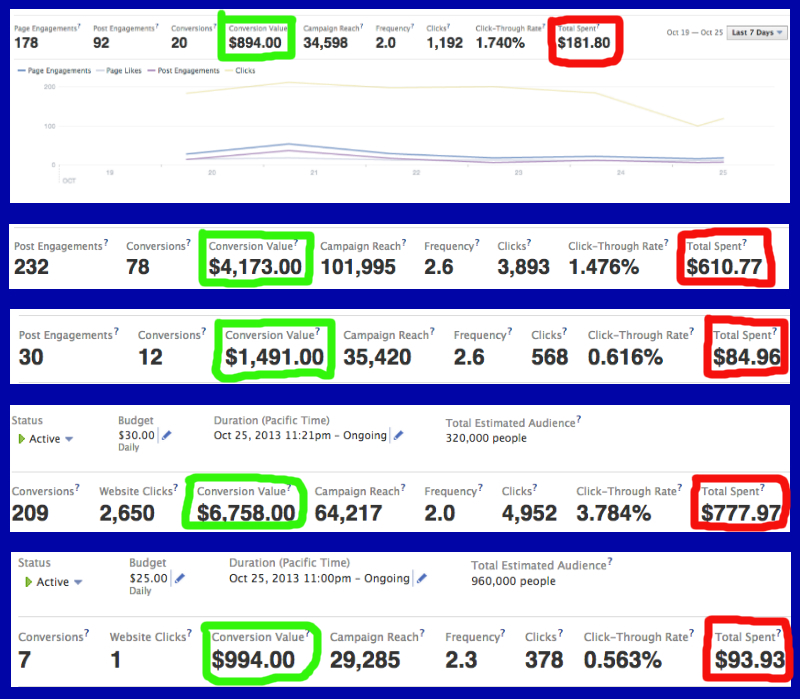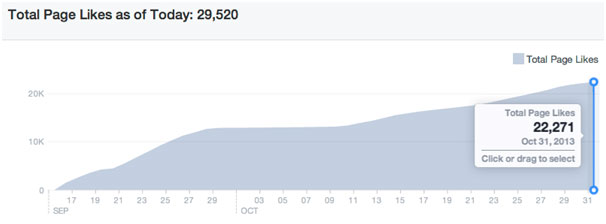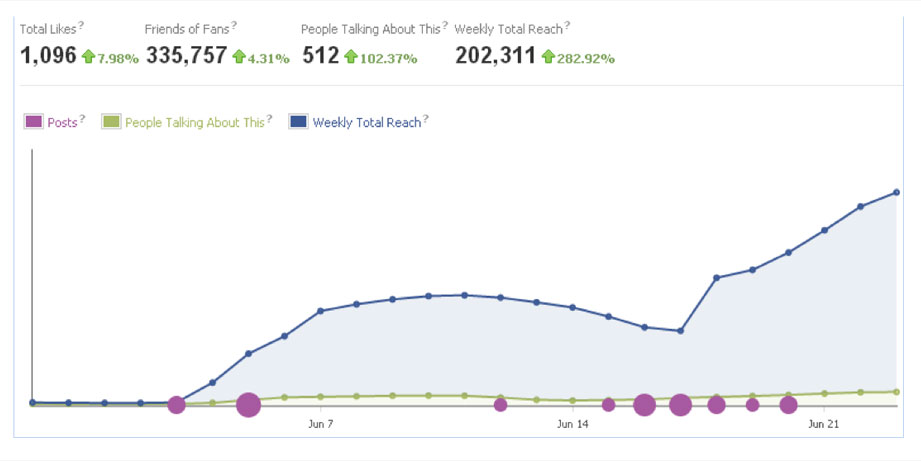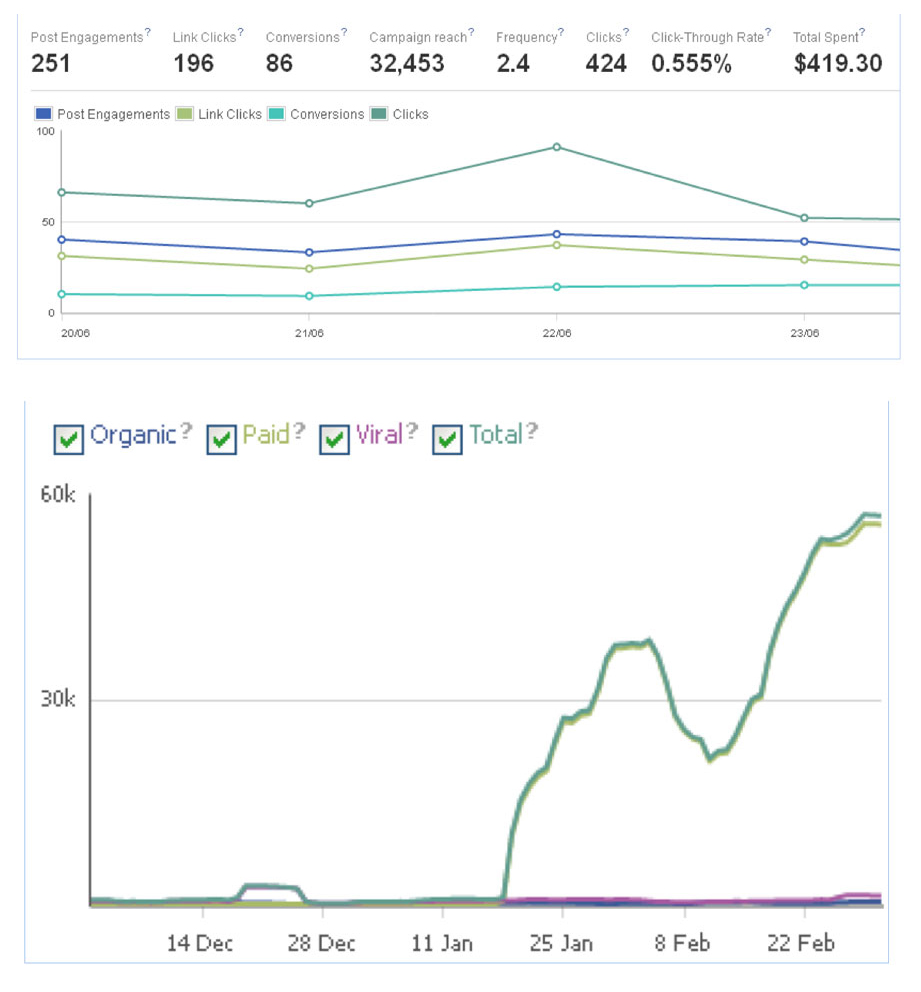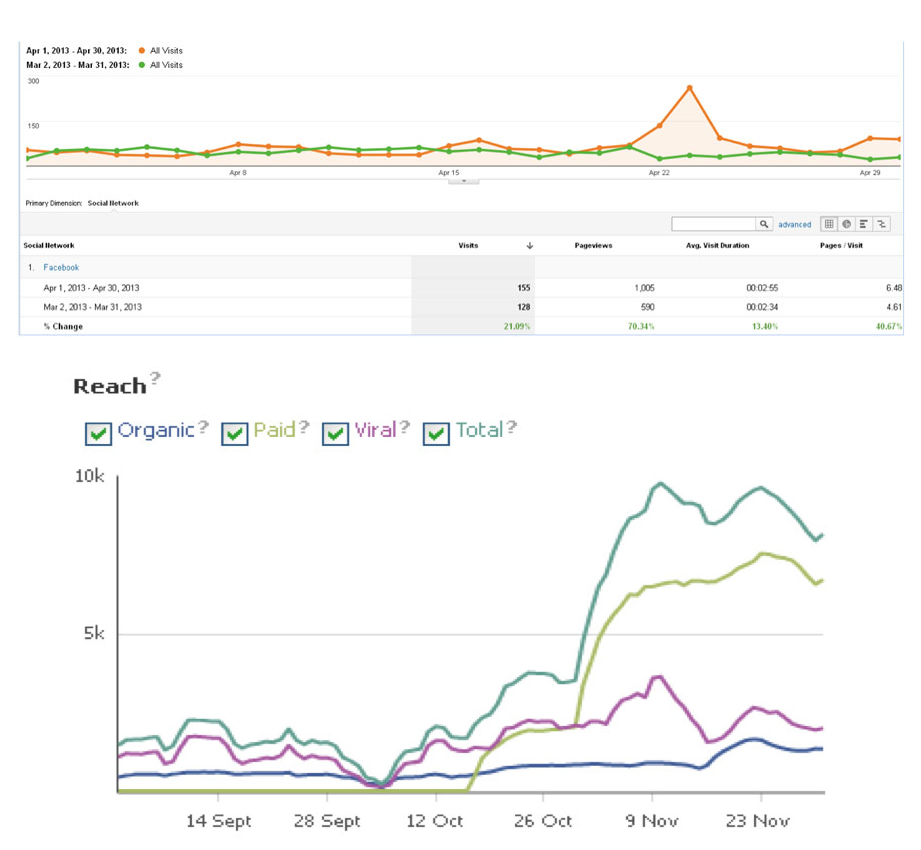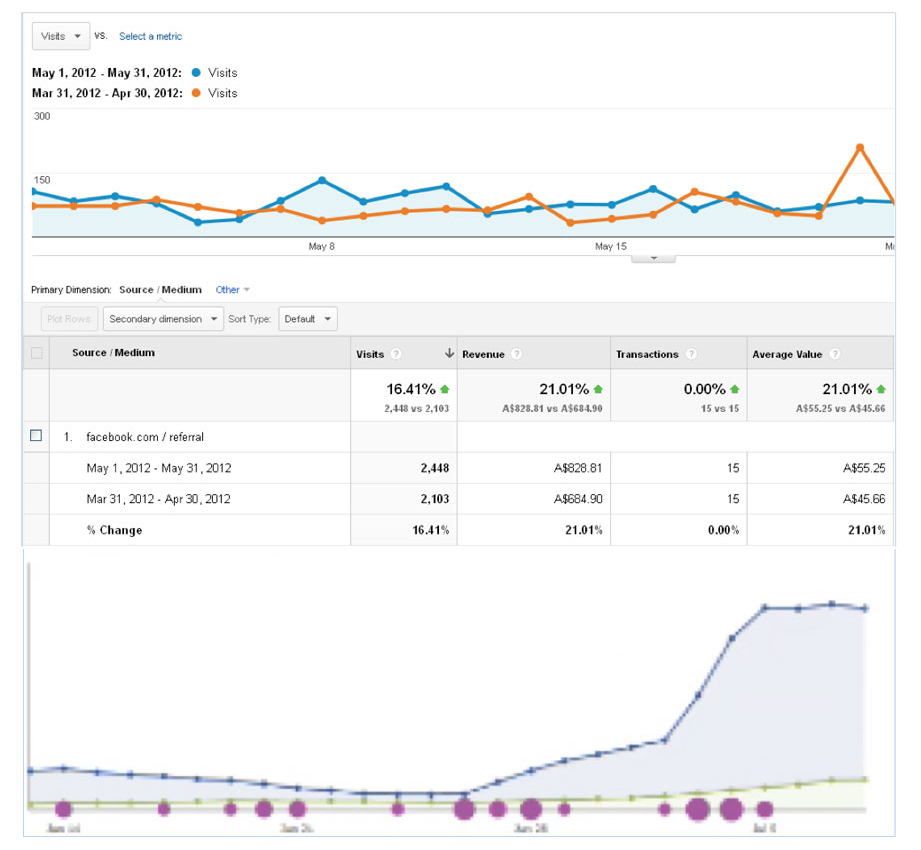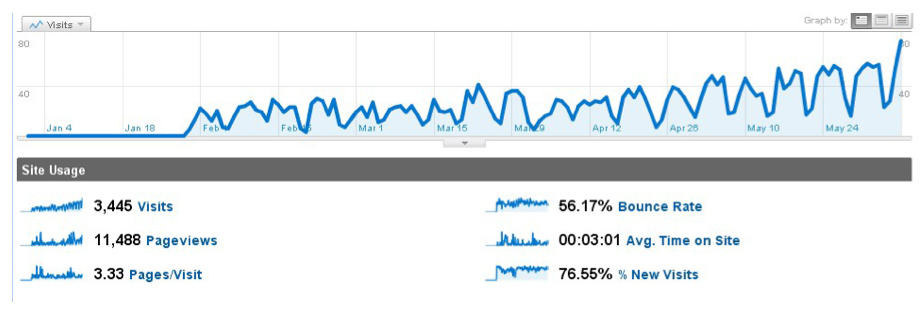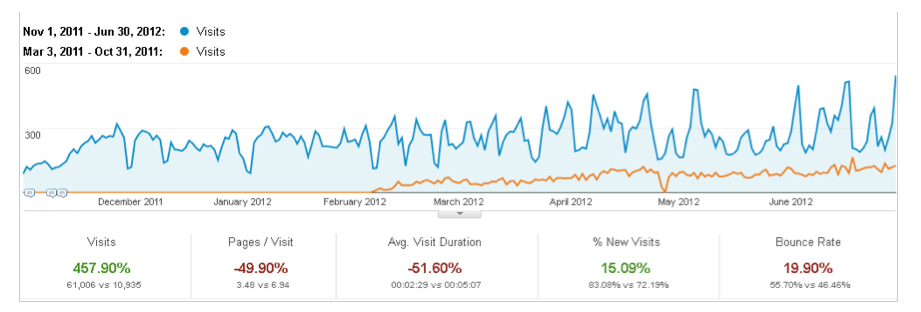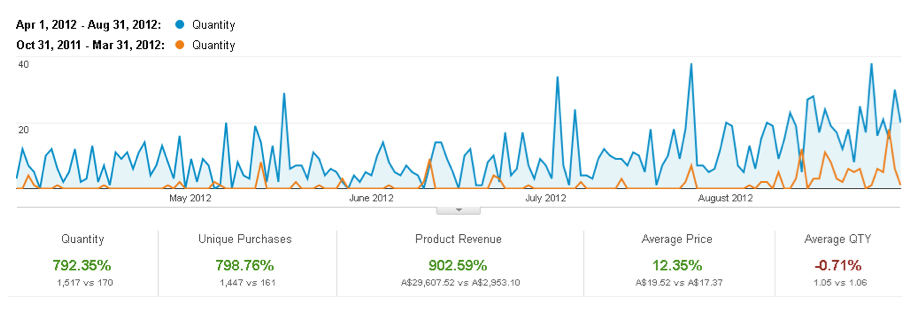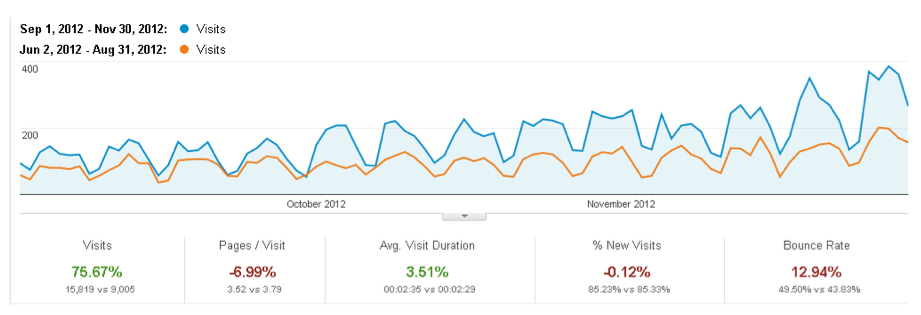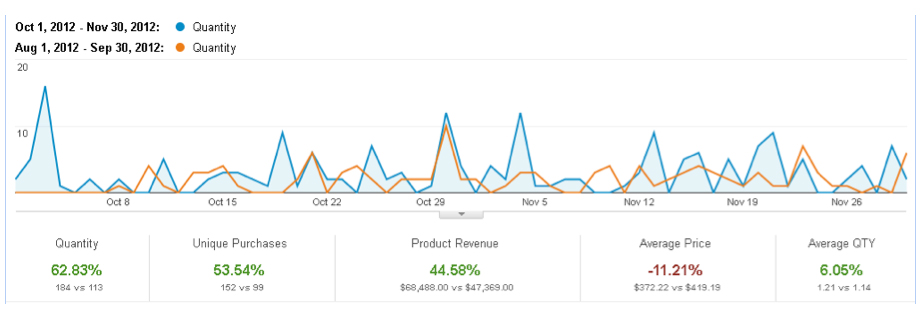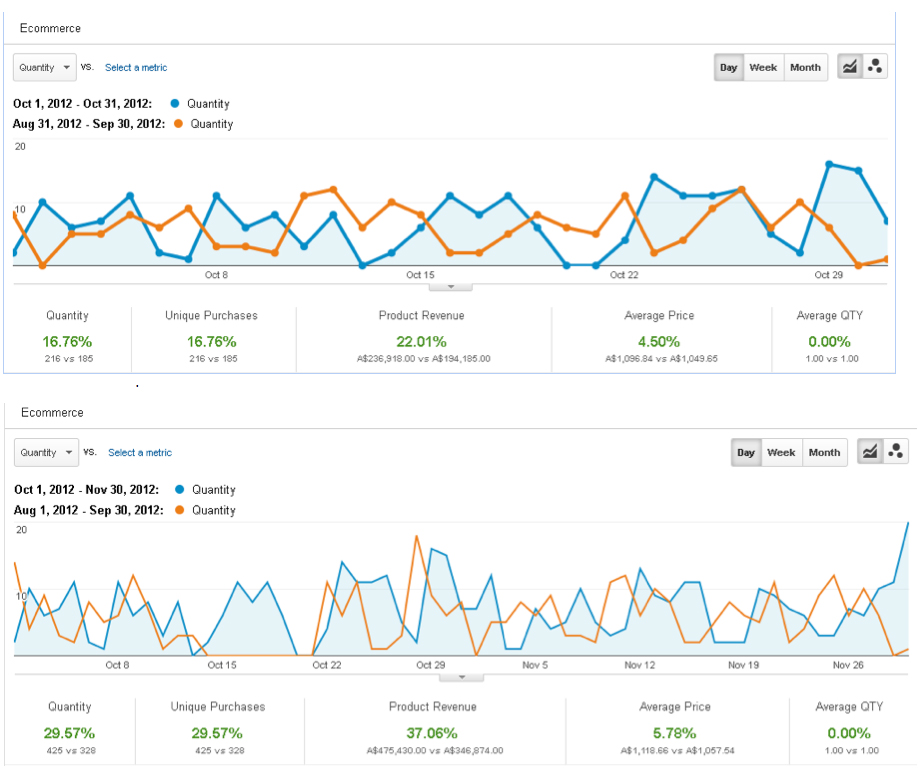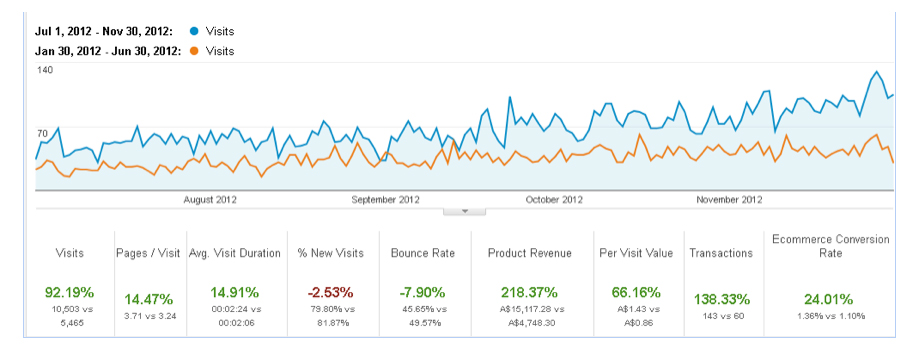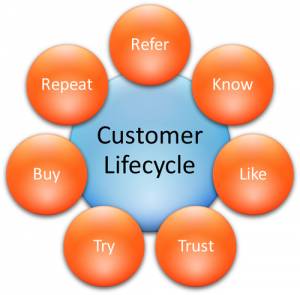 The easiest way to increase business and drive new sales is to ensure that all leads, prospects and customers go through your complete marketing cycle. When I talk about complete marketing cycle I’m not talking about just the lead to sale cycle, but what happens after the sale and what happens if the sale doesn’t occur.
The easiest way to increase business and drive new sales is to ensure that all leads, prospects and customers go through your complete marketing cycle. When I talk about complete marketing cycle I’m not talking about just the lead to sale cycle, but what happens after the sale and what happens if the sale doesn’t occur.
While businesses 10 or even 20 years ago could be forgiven for not implementing a complete lifecycle marketing campaign because it was too expensive the same cannot be said now.
Traditionally to complete full life cycle marketing 10 or 20 years ago you would have had to send out direct mail, which is expensive, or make calls which is also expensive.
Now with email marketing you can replace these expensive tasks with automated marketing campaigns, which cost nothing to deliver and potentially drive new sales for your business.
What Is A Complete Customer Lifecycle?
A customer lifecycle can be broken down into the following phases:
Phase #1: Lead Generation
This phase is where you are generating people to your lead generation mechanisms. In terms of online marketing you are generating visitors to your website and having them complete forms or buy products online.
In this phase you would need to create the lead generation mechanism, either the website lead form or the product sales page. From there you would also need to create three separate follow up sequences.
The first follow up sequence would be the lead to sale sequence, which would email your customer over a course of a few days and drive them to buy from you. At the end of this sequence you would either have a buyer or a lost lead, and each would then move into a separate sequence.
The two sequences would be Buyer and Lost Lead and the Buyer sequence would email the buyer with retention emails and the Lost Lead sequence would try to convert the lead into buyer.
Here’s a visual representation:
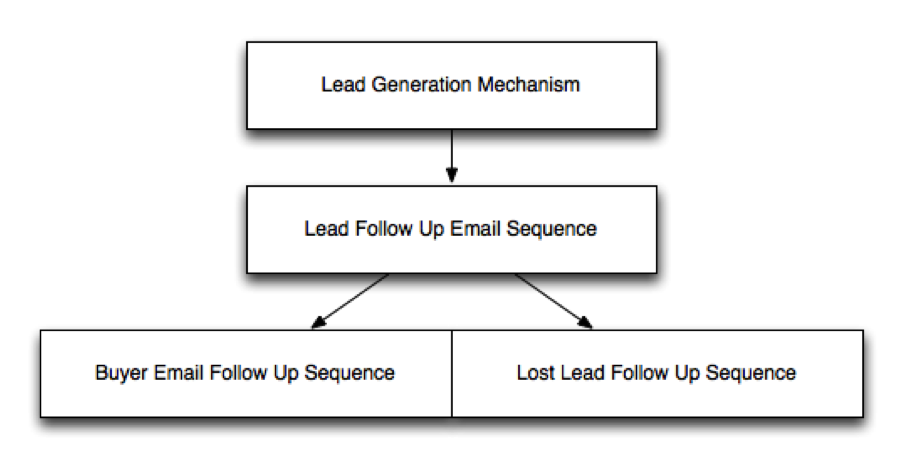
Phase #2: Lead Management
This phase is where you deal with 2 different styles of people buyers and lost leads. They both have been through 2 sets of email sequences, the first being the lead sequence and the second being either the buyer or lost lead sequence.
After they finish these sequences they then need to go into two separate long term nurture sequences. These sequences should focus on monthly contact at least and include special occasion contact as well.
The nurture sequence for a customer will be slightly different as it offers the opportunity for upsell whereas the nurture sequence for lost leads will push them to buy your first product.
The following image represents this phase:
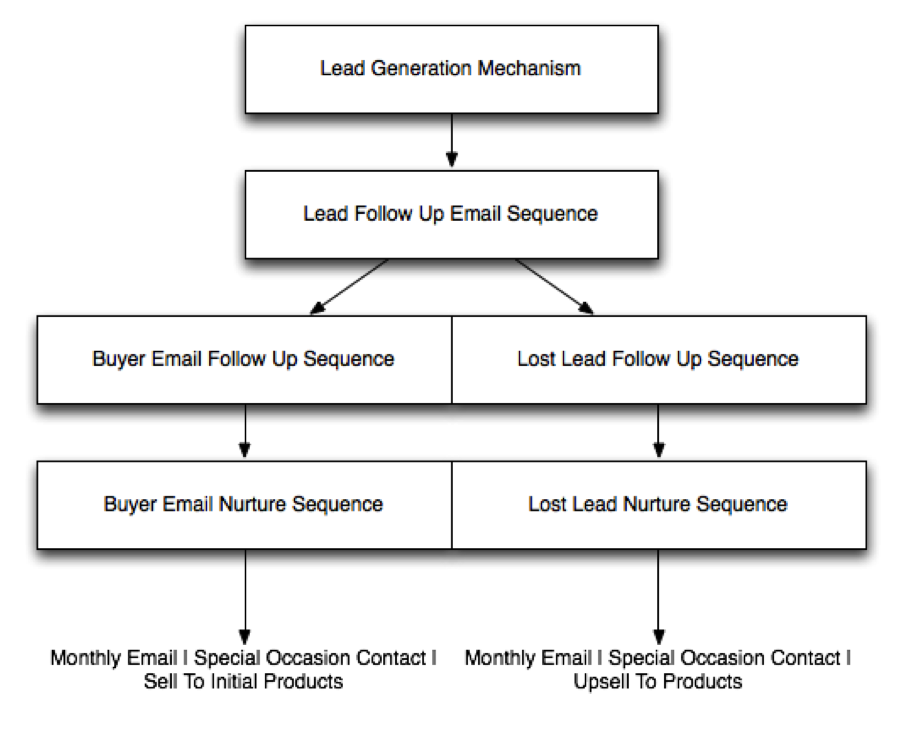
Unfortunately what happens is that most business owners stop at the first sequence, they don’t follow up lost leads and they don’t nurture current customers. By implementing a campaign, which does both for you, can significantly boost your customers and extract more sales from your current leads.
Once you’ve paid the cost of paying the lead you need to maximize that lead for a sale or a referral. This process outlined in this blog post is the beginning of a complete customer life cycle, which should help you to do that.


